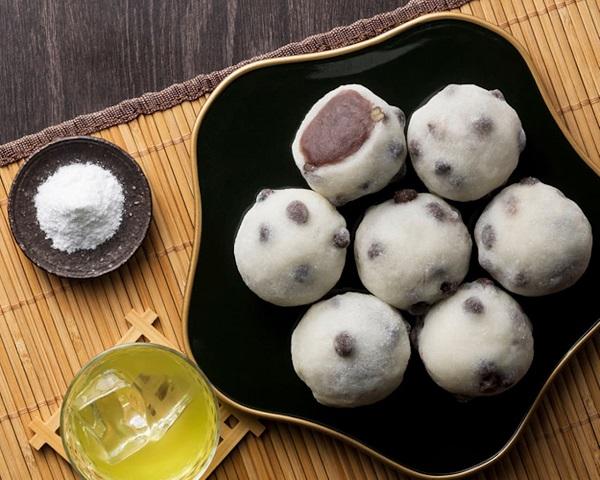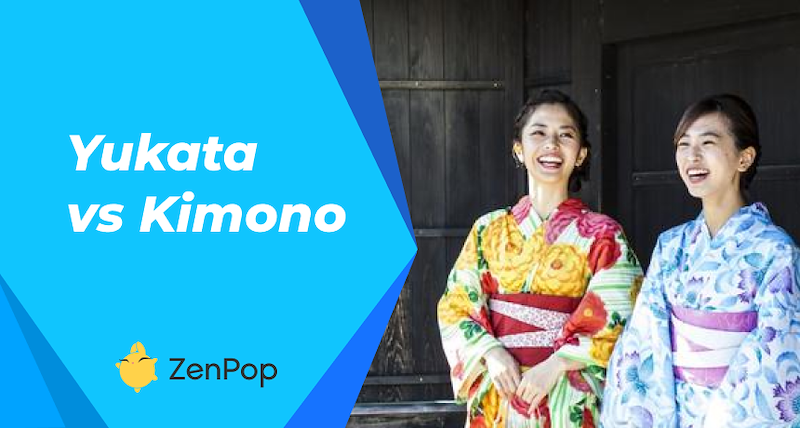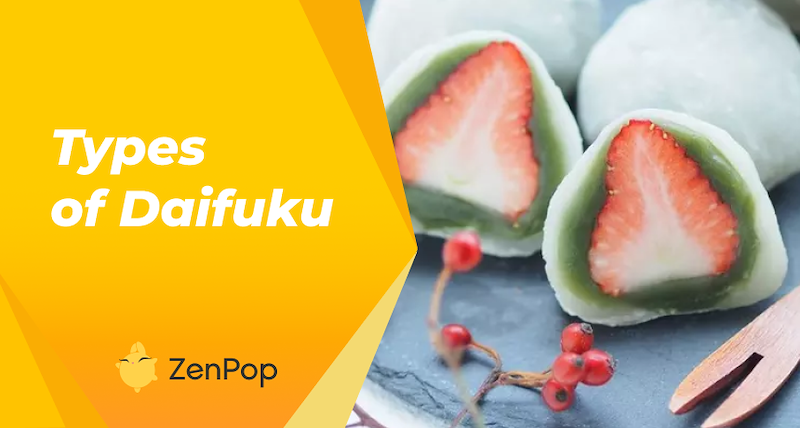
</title><meta name="robots" content="noindex"> The Types of Daifuku (and how to make them)
Daifuku (大福) is a type of Japanese snack which is known as Wagashi. They are a popular tasty treat shaped into small round balls with the insides stuffed with creamy fillings. The outside is made with mochi (glutinous rice cake), which makes it chewy. These sweets used to be eaten only during celebrations like the New Year, but now they're available in shops all year round.
Daifuku literally means "great luck" in Japanese. It was originally called Habutai mochi, which meant "belly thick rice cake." The confectionery was likely given this name because it is made with mochi, which is packed with calories and can be very filling when eaten.
If you want to skip the part about the History of Daifuku and how to make them, check out our list of best Daifuku below:
- Ichigo Daifuku
- Mame Daifuku
- Shio Daifuku
- Purin Daifuku
- Coffee Daifuku
- Ume Daifuku
- Yomogi Daifuku
- Awa Daifuku
- Mont Blanc Daifuku
- Tiramisu Daifuku
- Nanjakora Daifuku
- Matcha Daifuku
- Toasted Daifuku
- Yukimi Daifuku
History of Daifuku
Daifuku is supposed to have evolved from uzura mochi, which is shaped like a quail. During the early Edo period (1603–1867), these wagashi were first made. In 1875, a widow in Koishikawa, Edo (modern-day Tokyo), miniatured the snacks and sweetened the red bean paste.
Because of the way the filling expanded inside the rice cake, it came to be known as habotai mochi (belly thick rice cake). Later, the name was changed to daifuku mochi (large belly rice cake), and then it was modified once more. This time, the name was a pun on the Japanese term fuku, which may both mean "luck" or "belly."
The new daifuku mochi, which translates to "excellent luck rice cake" in Chinese characters, was thought to bring good fortune. Daifuku is consequently frequently linked to celebrations of the Japanese New Year and other spring festivals.
Hot daifuku, which street vendors baked and sold, also gained popularity in the late 1700s. Daifuku mochi was the original name for the baked variant, whereas Nama no Anmochi (raw anko red bean rice cake) or "mochi manju" were used for the unbaked versions.
Fun fact: It wasn't until the latter part of the 18th century that sweetened red bean paste was developed. Daifuku mochi with salted red bean filling was frequently offered throughout the Meiji and Taisho periods (1868–1926) because sugar was a luxury good at the time.
How is Daifuku Different from Dango?
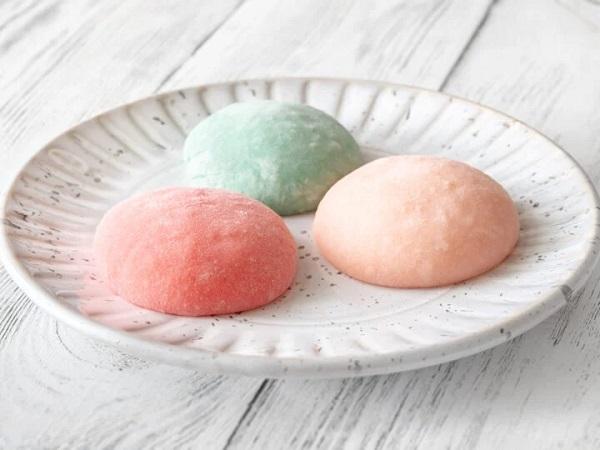
Daifuku and Dango certainly have similarities that make it understandable when people mistake one for the other. If you're a fan of anime, then you must've seen dango at least once, they're perhaps one of Japan's most iconic treats, and it comes in a similar shape as Daifuku.
It is rather easy to tell the difference between the two. Daifuku is stuffed with fillings, usually anko though there might be other types of fillings. For dango, it is usually covered in sauce or even has anko spread over it and is commonly served on a skewer.
There are a ton of other Japanese snacks that are also mistaken for Daifuku. An example of this is mochi; we have an article covering 10 traditional Japanese wagashi.
How to Make Daifuku
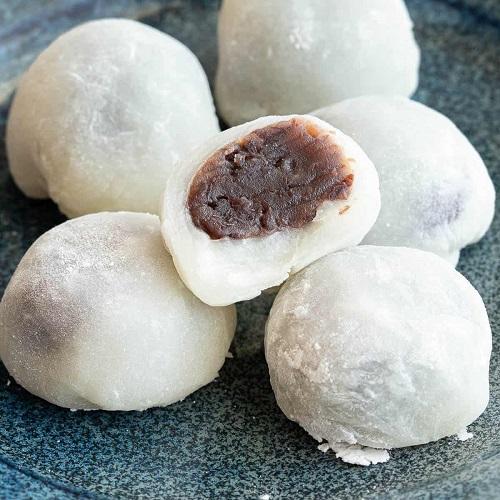
The process of making Daifuku used to be labor intensive. This is a part of the reason why it was only eaten during New Year's. Thankfully, these days mochi flour is available in supermarkets.
Ingredients To Make Simple Daifuku
- 1/3 cup of glutinous rice flour
- 1 tablespoon sugar
- 4 tablespoons of powdered red bean paste (also known as anko) and
- Potato starch
How to Make Daifuku
- You have to prepare your stuffing first. To do this, heat two-thirds of a cup of water in a pot and add half a cup of sugar while you're at it.
- Next, add ¼ cup of powdered anko and stir the mixture continuously until it thickens, then turn off the flames and allow it to cool.
- Your anko should be thick enough after cooling. Mold them into tiny balls and set them aside for the moment.
- The next step is the outer layer of your Daifuku. This is made with mochi, which is glutinous rice flour. It is important to acquire a bowl for this part, one that goes in the microwave.
- Pour the flour into the bowl.
- Grab a separate bowl to mix the sugar and water. Half a cup of water should do, maybe less.
- Slowly pour the water-sugar mix into the bowl with the mochi flour and stir it.
- Microwave the mix until the dough rises and the surface becomes shiny, then stir again without delay.
- Get your pan out and dust it with the potato starch you've acquired. Make sure to get some of it on your palms too.
- Carefully, so you don't burn your hands, remove the dough from the bowl and place it in the pan.
- Now split the dough into smaller pieces to match the number of anko balls that you have and make them into flat circular pieces.
- Place a ball of anko in the center of the flattened dough piece, then wrap it around anko. Stretch the dough if you have to.
- Round the dough. You can either serve it warm or chilled.
The Types of Daifuku
Ichigo Daifuku
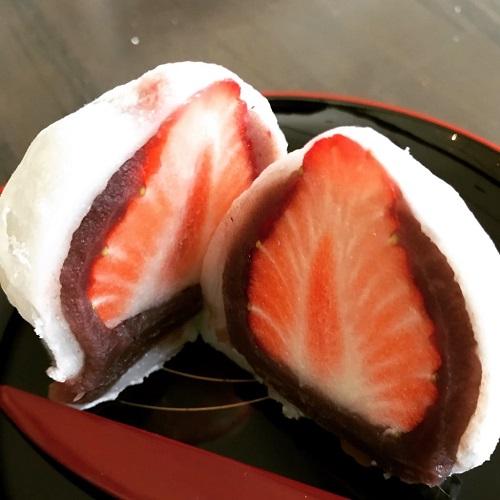
Ichigo is the name for strawberries in Japan. The usual stuffing is replaced with strawberries alongside red bean paste. Since this is made with fresh fruit, it is advisable to eat them quickly. Not that you'd have much to be worried about in that regard, they're tasty enough to keep you coming for more. There are other awesome strawberry snacks in Japan, and you can learn all about them in our article linked before.
Mame Daifuku
This is the more traditional Daifuku. Its origin dates back to 1603, the Edo period in Japan. The mame in its name is derived from red bean paste which consists of its filling.
Shio Daifuku
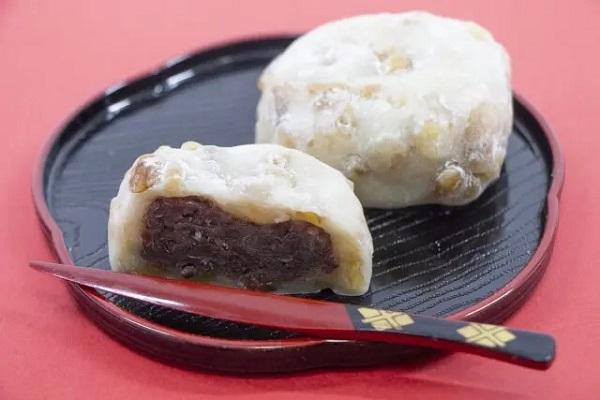
It is also made with red bean paste that is lightly salted. This version is now quite as sweet as the other ones, so it's quite good for people who tried the other varieties and found them to be too sweet. Plus, the combination of slightly salty and slightly sweet yields a unique taste.
Purin Daifuku
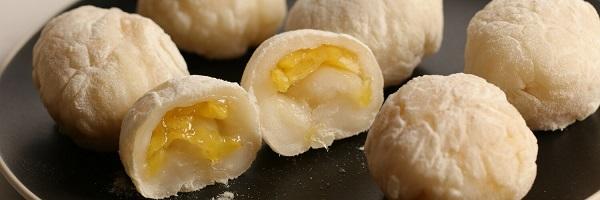
Purin Daifuku is a more modern take on daifuku making. It comes in two ways, one is mochi outer with a filling made with creamy custard, and the other is red bean paste but with caramel sauce smeared on the outside. This type of Daifuku is inspired by mouthwatering crème caramel.
Coffee Daifuku
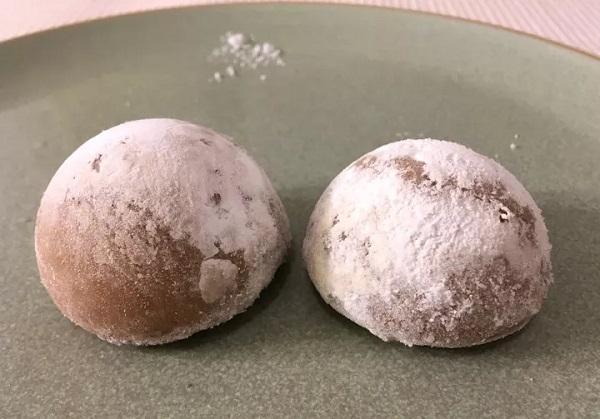
This follows the recipe of the general Daifuku, but things change when it comes to the stuffing. It is still made with red bean paste but flavored with coffee beans too. This is for those who are completely obsessed with the taste of coffee and are looking to try something other than a beverage.
Ume Daifuku
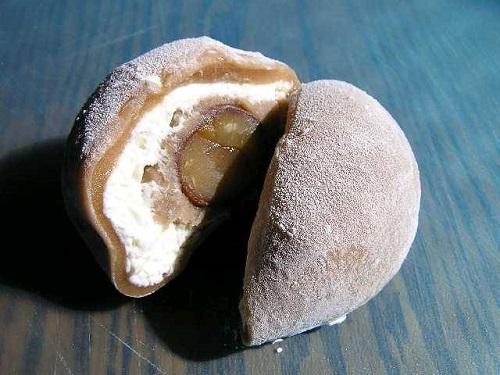
Ume daifuku is also known as plum daifuku. This type of Daifuku is made with, you guessed it, plum. That's true but also not really. While it is sometimes called plum, it more closely resembles apricots. The red bean paste still goes into the mochi, but it is used to coat the plums before being wrapped up. Ume daifuku is usually enjoyed in colder seasons, like late winter or early spring.
Yomogi Daifuku
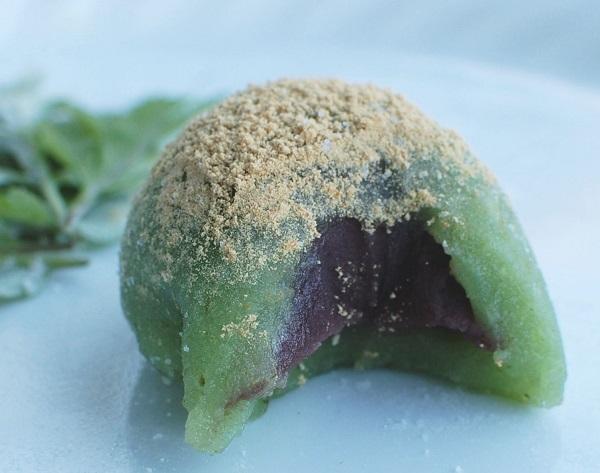
Yomogi daifuku is more of an extra healthy, vegetarian daifuku variant. Yomogi is a herb in Japan, and you might already know them as mugworts. The mochi is flavored with powdered yomogi before being stuffed with red bean paste.
Awa Daifuku
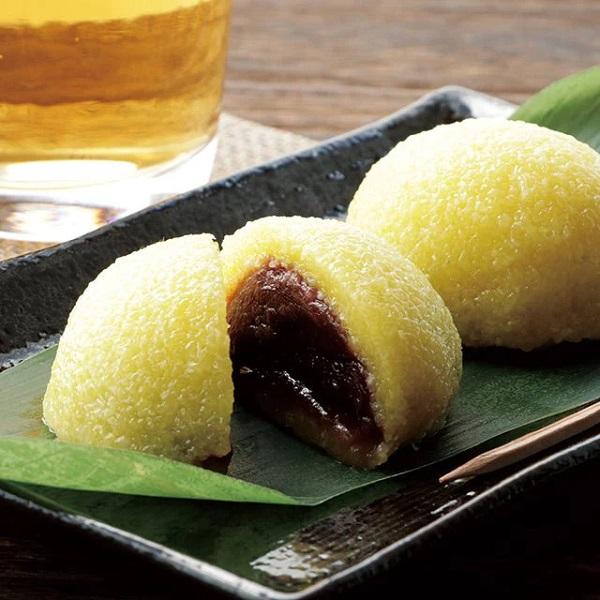
This daifuku is made by mixing millet (a small, hard grain) with the mochi.
Mont Blanc Daifuku
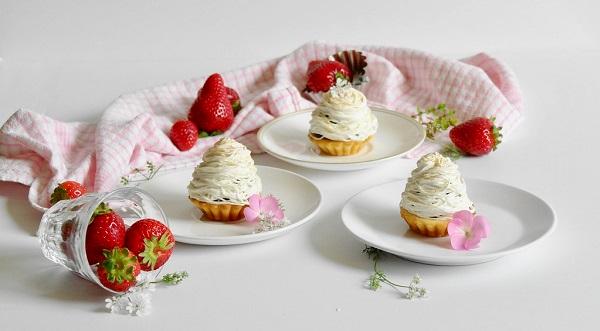
Taking inspiration from the famous chestnut cream dessert, this daifuku uses chestnut cream as its filling instead of red bean paste.
Tiramisu Daifuku
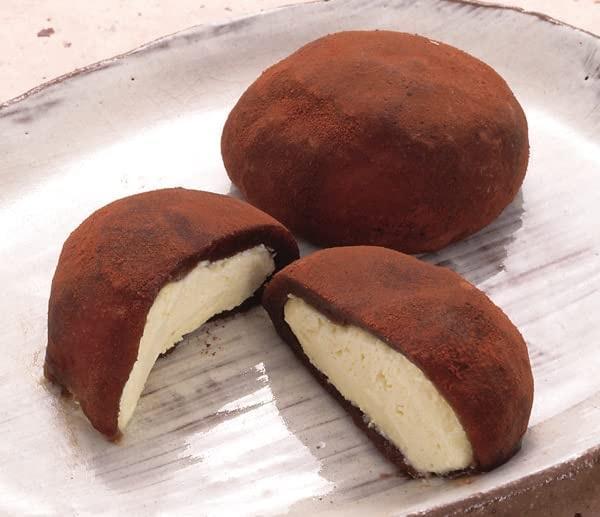
One of the other dessert-inspired types of daifuku, this variation uses tiramisu cream combined with coffee-flavored mochi.
Nanjakora Daifuku
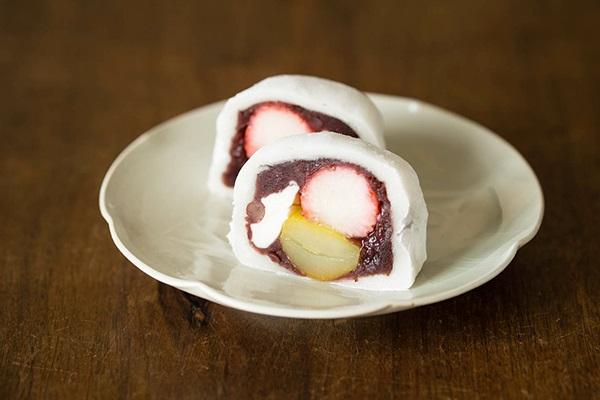
The word “nanjakora” expresses disbelief, like a rough way of saying, “What is this?!”. This daifuku boasts a strange combination of fillings, combining chestnuts, strawberries, and cream cheese inside the filling. It is a rare version of daifuku found in Miyazaki City in the Kyushu region.
Matcha Daifuku
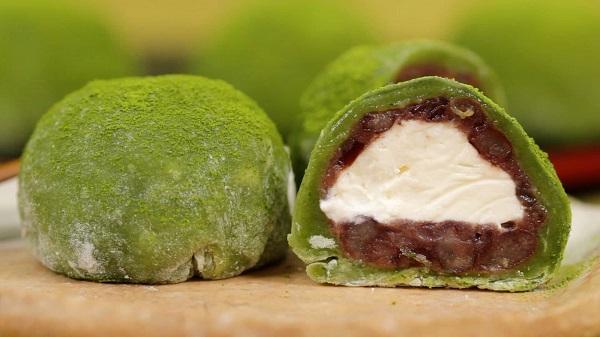
Using a sweet matcha (Japanese green tea) flavored cream as the filling, this daifuku is best served with matcha powder sprinkled on top.
Toasted Daifuku
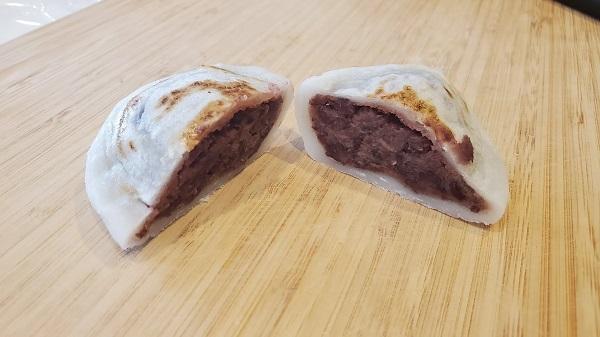
Despite not actually being a distinct sort of daifuku, the confections are occasionally roasted before consumption because mochi has a short shelf life. Mochi soon goes bad and gets harder in the process. As a result, people frequently toast mochi to make the rice cake taste fresher, which makes daifuku softer and stickier. This method of eating daifuku is recommended.
Yukimi Daifuku
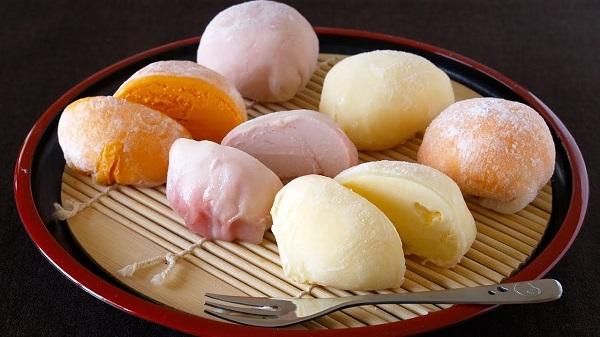
Yukimi Daifuku, often known as mochi ice cream, is not a true daifuku. Instead, it's a well-known mochi ice cream brand distributed by Lotte in Japan. A proprietary manufacturing process keeps the mochi supple even in below-freezing temperatures. It entails wrapping a mochi-wrapped ice milk ball in a layer before dipping it in coconut milk.
Ice cream is available in delectable varieties like chocolate, strawberry, and green tea. A common hobby in Japan is watching the snow fall, and the name "yukimi" is a parody of the dish called "tsukimi daifuku," which is eaten while gazing at the moon.
If you find yourself in Japan and you're hungry for a snack, don't just reach for a chocolate bar; try some of these varieties of Daifuku and get some of that unique experience. Here at ZenPop Japan, we have monthly snack boxes filled with amazing Wagashi from Japan. Click here to order yours!
This article was originally written by our freelance writer Umm-Kulthum Abdulkareem and edited by us.


